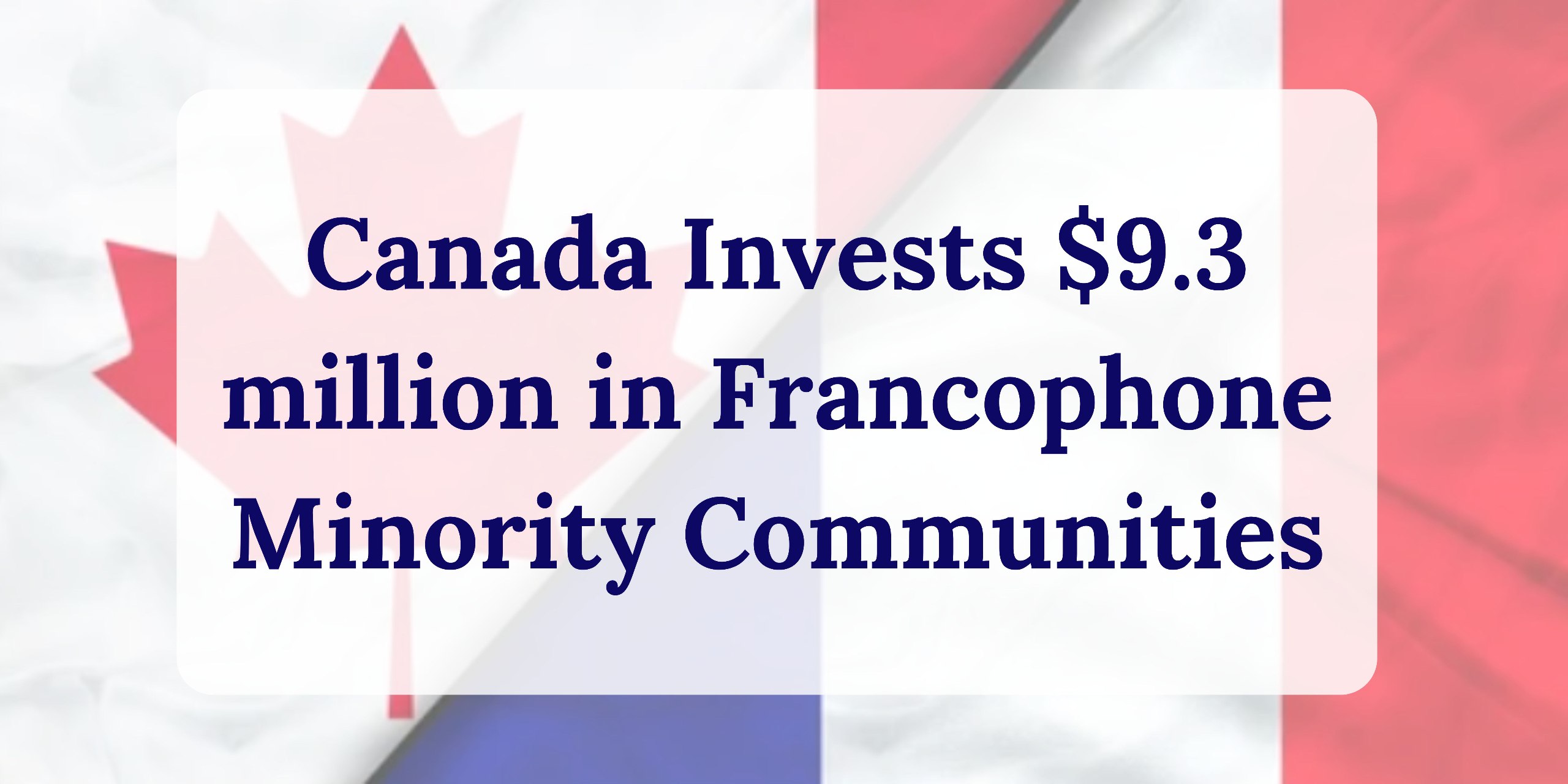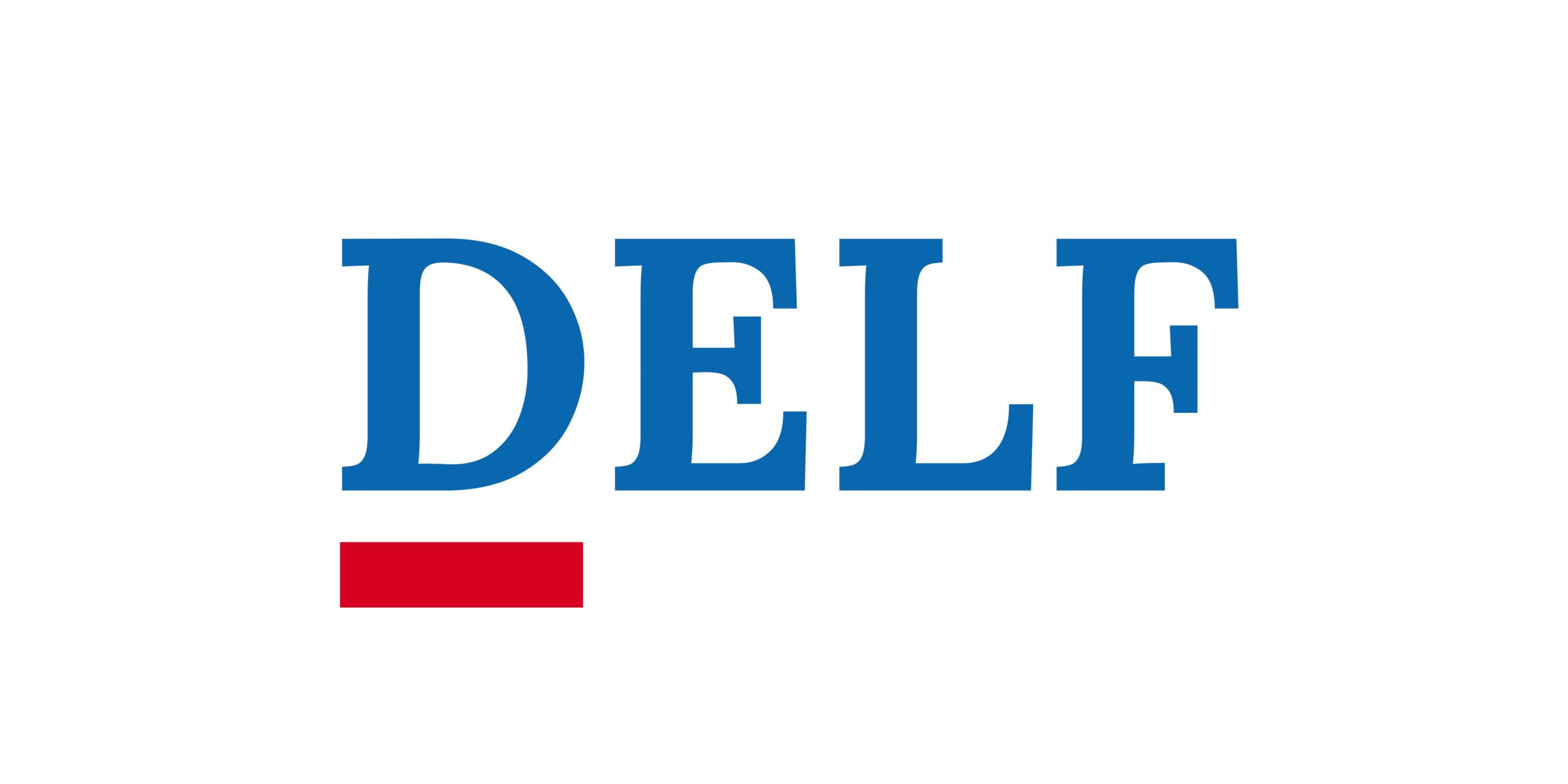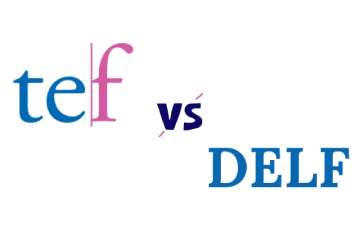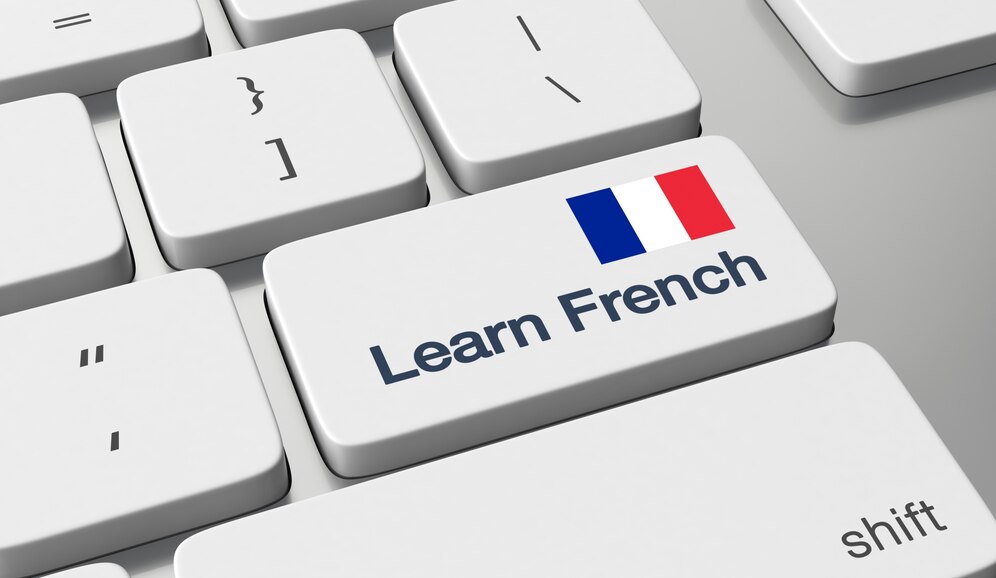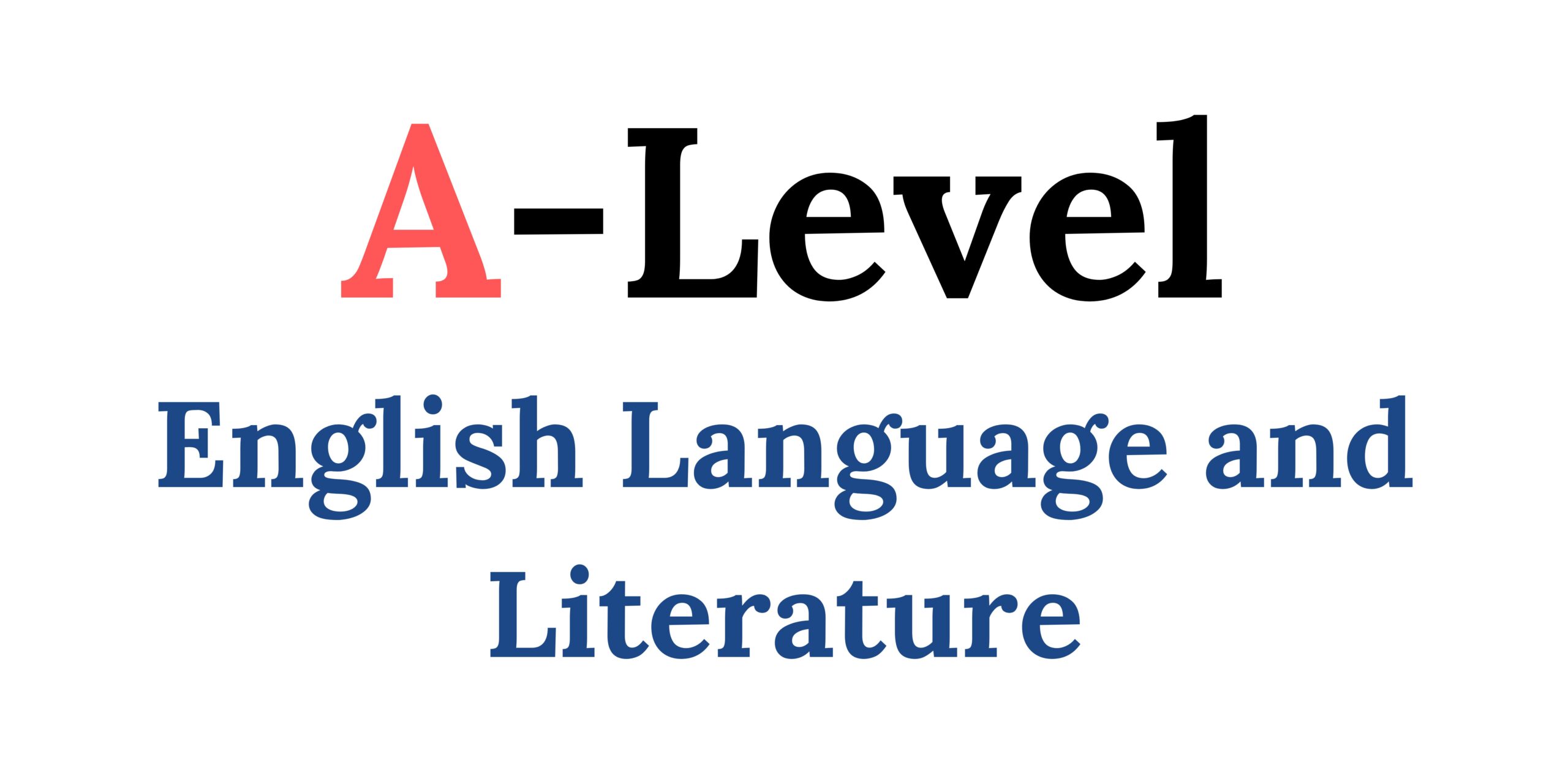
Overview of AQA A-level English Language and Literature qualifications
Subject content:
Want to learn more about Advanced Level Qualifications (A-Levels) and how they can shape your academic future? Click here to explore: A-Level Information.
1. Telling stories
This section helps students understand how and why stories are told, emphasizing both the methods of storytelling and the value stories hold in society. Key questions explored include:
• Why do people tell stories?
• What makes a good story?
• How are stories told in different forms?
• What distinguishes “literature” from other types of stories?
Students examine how language choices shape different perspectives and worlds through:
• Narratives that depict different views of a place
• Prose fiction creating imaginary worlds
• Poetry offering strong personal perspectives.
1.1. Methods of language analysis
Students will learn about various methods of language analysis with a close focus on identifying key language features in texts. The areas of analysis include:
• Phonetics, Phonology, and Prosodics: Examining speech sounds and sound patterns, such as rhyme, alliteration, and onomatopoeia.
• Lexis and Semantics: Understanding word meanings, connotations, metaphors, and idiomatic language.
• Grammar: Exploring how elements like pronouns influence narrative perspectives.
• Pragmatics: Analyzing assumptions made about the audience through language choices.
• Discourse: Studying text types and their use of specific structures, including visual layout and design.
1.2. Remembered places
Students study the AQA Anthology: Paris, which includes various text types, with a focus on non-fiction and non-literary material. This section emphasizes speech and other genres, exploring linguistic and generic features. Key aspects students will focus on include:
• How writers and speakers represent places, societies, people, and events.
• The metaphorical aspect of representation, viewing narrative as a personal journey.
• The influence of contextual factors like time period, race, social class, and gender on narratives.
• The strengths and limitations of different media in storytelling.
• Understanding genre conventions and purposes for discussing travel, people, and places.
• How relationships are conveyed through point of view, language, and descriptions.
This section is assessed in a closed-book exam.
1.3. Imagined worlds
Students study one of four texts:
| Author | Text |
|---|---|
| Mary Shelley | Frankenstein (1818) |
| Bram Stoker | Dracula |
| Margaret Atwood | The Handmaid’s Tale |
| Alice Sebold | The Lovely Bones |
In this section, students examine texts featuring unique narratives, narrators, and events. They also explore the contextual aspects influencing the texts’ creation and reception. Key areas of analysis include:
• Point of view
• Characterization
• Presentation of time and space/place
• Narrative structure
This part of Paper 1 is open book, meaning students can bring their set texts into the exam, provided they are unannotated and contain no additional notes.
1.4. Poetic voices
Students focus on poems from one of the four poets featured in the AQA Poetic Voices Anthology:
– John Donne
– Robert Browning
– Carol Ann Duffy
– Seamus Heaney
The selected poems for each poet are included in the AQA Anthology, which students study in detail.
| Poet | Poem |
|---|---|
| John Donne | Air and Angels The Anniversary The Apparition The Canonization The Flea The Good Morrow Woman’s Constancy Elegy: To His Mistress Going to Bed A Jet Ring Sent The Relic The Sun Rising The Triple Fool Twicknam Garden A Valediction: Forbidding Mourning Elegy: His Picture |
| Robert Browning | My Last Duchess The Lost Leader The Laboratory Cristina Johannes Agricola in Meditation Porphyria’s Lover Home Thoughts, From Abroad Meeting at Night Parting at Morning ‘De Gustibus–’ Prospice |
| Carol Ann Duffy (selected from Mean Time) | The Captain of the 1964 Top of the Form Team Nostalgia Before You Were Mine Beachcomber First Love Valentine The Biographer Litany Stafford Afternoons The Cliché Kid Small Female Skull Never Go Back Close Mean Time |
| Seamus Heaney (selected from New Selected Poems 1966-1987) | Digging Blackberry-Picking Mid-Term Break Night Drive Broagh Punishment The Otter Hailstones Death of a Naturalist Follower Personal Helicon Bogland The Tollund Man Strange Fruit The Skunk |
This part of the course examines how poetic voice shapes the telling of events and the portrayal of people. Students explore:
• Presentation of time: How the past is understood and reviewed, with time being manipulated in the narrative.
• Importance of place: How locations and memories are captured in voices, influencing individuals.
• Realization of people and relationships: Through point of view, attitude, registers, physical descriptions, speech, and thought.
• Event presentation: The poet’s selection of material, narrative framing, and poetic techniques.
This section of Paper 1 is open book, with unannotated texts allowed.
2. Exploring conflict
This section focuses on how language choices shape ideas of conflict between individuals and their societies. Students explore broad questions like:
• How people interact and assert power.
• How identity is expressed.
• Communication strategies in conflicts.
• How groups and individuals make themselves heard.
Using personal experiences and published texts, students study how language constructs relationships, narratives, and societal views. They engage with:
• Re-creative work highlighting absent or overlooked perspectives.
• Critical reflection on their re-creative process.
• Drama that explores conflict at domestic and societal levels.
2.1. Methods of language analysis
In this section, students focus on analyzing language closely, identifying key linguistic features in texts. They are expected to understand the following areas:
• Phonetics, Phonology, and Prosodics: How spoken language is produced and interpreted.
• Lexis and Semantics: The connotations of words, such as terms of address.
• Grammar: How structural elements express characters’ attitudes.
• Pragmatics: Assumptions about the audience based on language choices.
• Discourse: The conventions of different text types, like drama.
2.2. Writing about society
Students study one of four texts.
| Author | Text |
|---|---|
| Jon Krakauer | Into the Wild |
| Kate Summerscale | The Suspicions of Mr Whicher: or the Murder at Road Hill House |
| F. Scott Fitzgerald | The Great Gatsby |
| Khaled Hosseini | The Kite Runner |
In this part of the subject, students analyze how writers:
• Present people, their perspectives, and relationships.
• Shape narrative structure, events, time, and places.
• Reveal the speech and thought processes of characters and narrators.
• Use conflict to express ideas about societies and their values.
Students also develop skills to adapt original material for re-creative tasks, focusing on:
• Monologue and dialogue.
• How changing viewpoint, genre, or audience reshapes meaning.
• Developing underexplored narrative or character elements.
• Highlighting key moments or places.
Re-creative tasks explore absent or marginal perspectives to enrich critical readings of the original text. This section is open book, but texts must not be annotated.
2.3. Critical commentary
In this section, students evaluate their work, explaining their choice of language and intentions for reworking the source material. They pay attention to:
• What choices were made.
• How they adapted the source text.
• Why they made those choices.
The aim is to demonstrate an understanding of both their own creative process and the original text. This includes analyzing why the original author made certain choices in presenting characters, scenes, and events and how they were adapted for the student’s new version.
2.4. Dramatic encounters
Students study one of four texts.
| Author | Text |
|---|---|
| William Shakespeare | Othello |
| Arthur Miller | All My Sons |
| Tennessee Williams | A Streetcar Named Desire |
| Rory Kinnear | The Herd |
In this part of the course, students examine how conflicts are presented, the meanings conveyed through language, and the contextual reasons behind the conflicts. They focus on drama and dramatic discourse, analyzing how playwrights:
• Represent natural speech features.
• Use language to create distinct characters.
• Show characters asserting power and positioning others through their language and actions.
• Use conflict to build dynamic narratives and explore broader themes in the play.
This section of paper 2 is open book, but students may only bring unannotated copies of their set texts into the exam.
3. Making connections
This unit focuses on analyzing the use of language in different types of texts. Students must make connections between literary text and non-literary material based on either a common theme or similar linguistic features. This section emphasizes independent inquiry, allowing students to explore these connections in depth.
Students may not select texts prescribed for other sections of the exam, but may use works by the same authors or from similar sources. Non-literary material may vary depending on the assignment: a wide range of everyday texts and discourses may be used if they provide valuable data for research.
3.1. Methods of language analysis
In this section, students will focus on methods of language analysis, learning to identify key language features in texts. The areas they are expected to be familiar with include:
• Phonetics, phonology, and prosodics
• Lexis and semantics
• Grammar, including morphology
• Pragmatics
• Discourse
The focus of these areas will depend on the topic chosen. For instance, studying speech representation may emphasize phonetics, while analyzing storytelling might focus more on pragmatics and discourse.
3.2. Investigation
Students conduct an investigation of 2,500-3,000 words on a language-based topic, with possible areas of exploration including:
• Comparing openings in a novel and autobiography.
• Exploring real vs. fictional events.
• Analyzing themes in literary and non-literary sources.
• Investigating the concept of character in literature and other texts.
• Examining storytelling across different modes.
• Studying the use of non-literary genres within literary texts.
• Analyzing speech features in literature and real-world communication.
• Exploring new language use in both literary and non-literary contexts.
Structure:
Introduction and Aim(s) (750 words):
This section should explain the selected texts, focusing on the literary text but also contextualizing the non-literary material. It should justify the aim(s) of the study, demonstrating a thorough understanding of the chosen texts.
Review (300-500 words):
Students must engage with secondary sources, discussing ideas relevant to the analysis or the material. Accurate citations and references are required.
Analysis (1,250 words):
Central to the investigation, this section should include sub-headings to guide the discussion of key language features in the texts, analyzed either separately or together.
Conclusion (200-500 words):
This final section provides an overview of the main findings, showing how analyzing both textual sources has deepened understanding.
If you need help with English Language and Literature or any other subject, our tutors are ready to support you on your academic journey. Don’t miss your chance to succeed—take a trial lesson today!
Assessment
| Component | Content | Questions | Final score | Weighting of final grade |
|---|---|---|---|---|
| Paper 1: Telling stories | • Remembered places – the representation of place; • Imagined worlds – point of view and genre in prose; • Poetic voices – the forms and functions of poetic voice; • Methods of language analysis are integrated into the activities. | Section A – Remembered places: – One compulsory question on the AQA Anthology: Paris (40 marks); – This section is closed book. Section B – Imagined worlds: – One question from a choice of two on prose set text (35 marks); – This section is open book. Section C – Poetic voices: – One question from a choice of two on poetry set text (25 marks); – This section is open book. | 100 marks | 40% of A-level |
| Paper 2: Exploring conflict | • Writing about society – the role of the individual in society, and re-creative writing based on set texts; • Critical commentary – evaluating own writing; • Dramatic encounters – conflict in drama; • Methods of language analysis are integrated into the activities. | Section A – Writing about society: – One piece of re-creative writing using set text (25 marks); – Critical commentary (30 marks); – This section is open book. Section B – Dramatic encounters: – One question from a choice of two on drama set text (45 marks); – This section is open book. | 100 marks | 40% of A-level |
| Non-exam assessment: Making connections | • Making connections – investigation on a chosen theme and texts; • Methods of language analysis are integrated into the activity. | A personal investigation that explores a specific technique or theme in both literary and non-literary discourse (2,500–3,000 words) | 50 marks assessed by teachers; moderated by AQA | 20% of A-level |
Weighting of assessment objectives for A-level English Language and Literature
Exams will assess students on the following objectives:
AO1: Use integrated linguistic and literary concepts and methods with appropriate terminology and clear written expression.
AO2: Analyze how meanings are constructed in texts.
AO3: Show understanding of the importance of the contexts in which texts are created and received.
AO4: Explore connections between texts using linguistic and literary concepts and methods.
AO5: Demonstrate creativity and expertise in using English for diverse communication purposes.
| Assessment objectives AOs* | Component Paper 1 (%) | Component Paper 2 (%) | Component Non-exam assessment (%) | Overall Weighting (%) |
|---|---|---|---|---|
| AO1 | 16 | 6 | 6 | 28 |
| AO2 | 8 | 14 | 6 | 28 |
| AO3 | 12 | 4 | 4 | 20 |
| AO4 | 4 | 4 | 4 | 12 |
| AO5 | – | 12 | – | 12 |
| Overall weighting of components | 40 | 40 | 20 | 100 |
Assessment weightings
The marks awarded on the exam papers will be adjusted to align with the component weightings. Final marks are calculated by adding these scaled marks for each component. Grade boundaries will be determined based on the total scaled mark. The scaling and total scaled marks are outlined in the table provided.
| Сomponent | Maximum raw mark | Scaling factor | Maximum scaled mark |
|---|---|---|---|
| Paper 1: Telling Stories | 100 | ×1 | 100 |
| Paper 2: Exploring Conflict | 100 | ×1 | 100 |
| Non exam-assessment: Making Connections | 50 | ×1 | 50 |
| Total scaled mark: | 250 |

